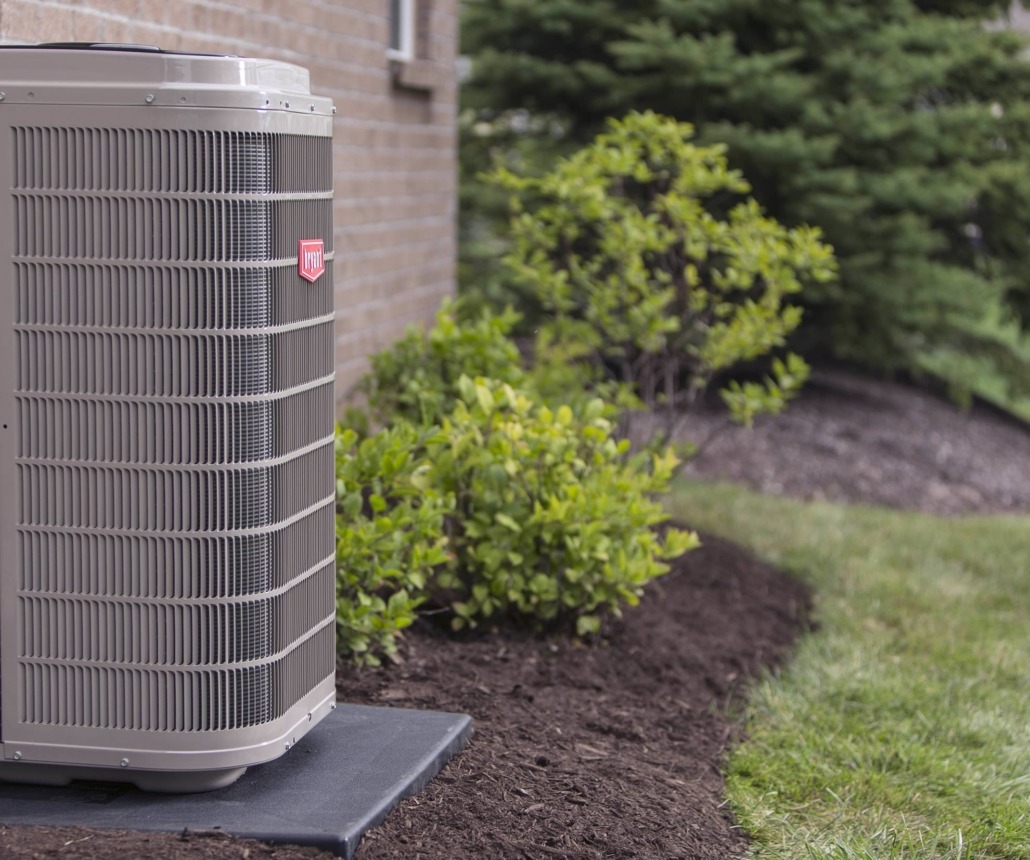Benefits of Heat Pumps
Energy-efficient comfort, year-round.
In the pursuit of optimal home comfort and energy efficiency, residents of Nanaimo are turning to innovative solutions like heat pump systems. At Norms Plumbing, Heating, and Air Conditioning, we’re proud to offer top-of-the-line heat pump installations in Nanaimo, providing homeowners with a sustainable, cost-effective heating and cooling solution.

What is a Heat Pump System?
A heat pump system operates by transferring heat between indoor and outdoor environments, effectively providing both heating and cooling capabilities. By harnessing ambient air, heat pump systems can efficiently heat or cool your home, depending on your comfort needs.
Benefits of Heating and Cooling with Heat Pumps
Energy Efficiency: Heat pump systems are renowned for their exceptional energy efficiency. By utilizing ambient air as a heat source or sink, heat pumps can deliver up to four times more energy than they consume, resulting in significant energy savings for homeowners.
Year-Round Comfort: Unlike traditional heating systems, heat pumps offer year-round comfort with the ability to both heat and cool your home. Whether you’re facing the chill of winter or the heat of summer, a heat pump system ensures consistent comfort throughout the seasons.
Environmental Sustainability: With a focus on sustainability and reducing carbon footprints, heat pump systems are an eco-friendly choice for homeowners. By minimizing reliance on fossil fuels and utilizing renewable energy sources, heat pumps contribute to a greener, more sustainable future.
Cost Savings: Investing in a heat pump system can lead to significant long-term cost savings. With energy-efficient operation and reduced heating and cooling expenses, homeowners can enjoy lower utility bills and increased savings over time.
Quiet Operation: Heat pumps are known for their whisper-quiet operation, providing a peaceful environment within your home without disruptive noise from traditional HVAC systems.
Experience the Norms Advantage
At Norms Plumbing, Heating, and Air Conditioning, we understand the importance of home comfort and energy efficiency. Our expert team specializes in professional heat pump installations in Nanaimo, ensuring seamless integration and optimal performance for your home.
Ready to Upgrade Your Home Comfort?
Don’t wait any longer to experience the benefits of heating and cooling your home with a heat pump system. Contact Norms Plumbing, Heating, and Air Conditioning today to schedule your heat pump installation and start enjoying year-round comfort and energy savings.
Transform your home comfort with a heat pump system from Norms Plumbing, Heating, and Air Conditioning. Schedule your installation today and discover the ultimate in efficiency and comfort.
Click to view our deals and rebates on select products. – GO –
Community Programs
Why Choose Us?
Meet Our Team

Bryant Circle Of Champions Award
Over 1600 Google Reviews

As a Bryant Factory Authorized Dealer, we are dedicated to providing top-quality products and service, ensuring customer satisfaction with a 100% guarantee. We meet the highest standards for skills and performance, offering reliable service and technical expertise. Our partnership with Bryant reflects our commitment to innovation and excellence in home heating and cooling. With up to 98.3% efficiency, our heating solutions provide comfort and savings. Bryant’s efficient heat pumps and ductless systems harness clean energy and offer versatile heating and cooling options. Our air conditioning units, with up to 21 SEER efficiency, ensure consistent comfort during Nanaimo’s hot summers. Trust us to deliver exceptional home comfort solutions year-round.